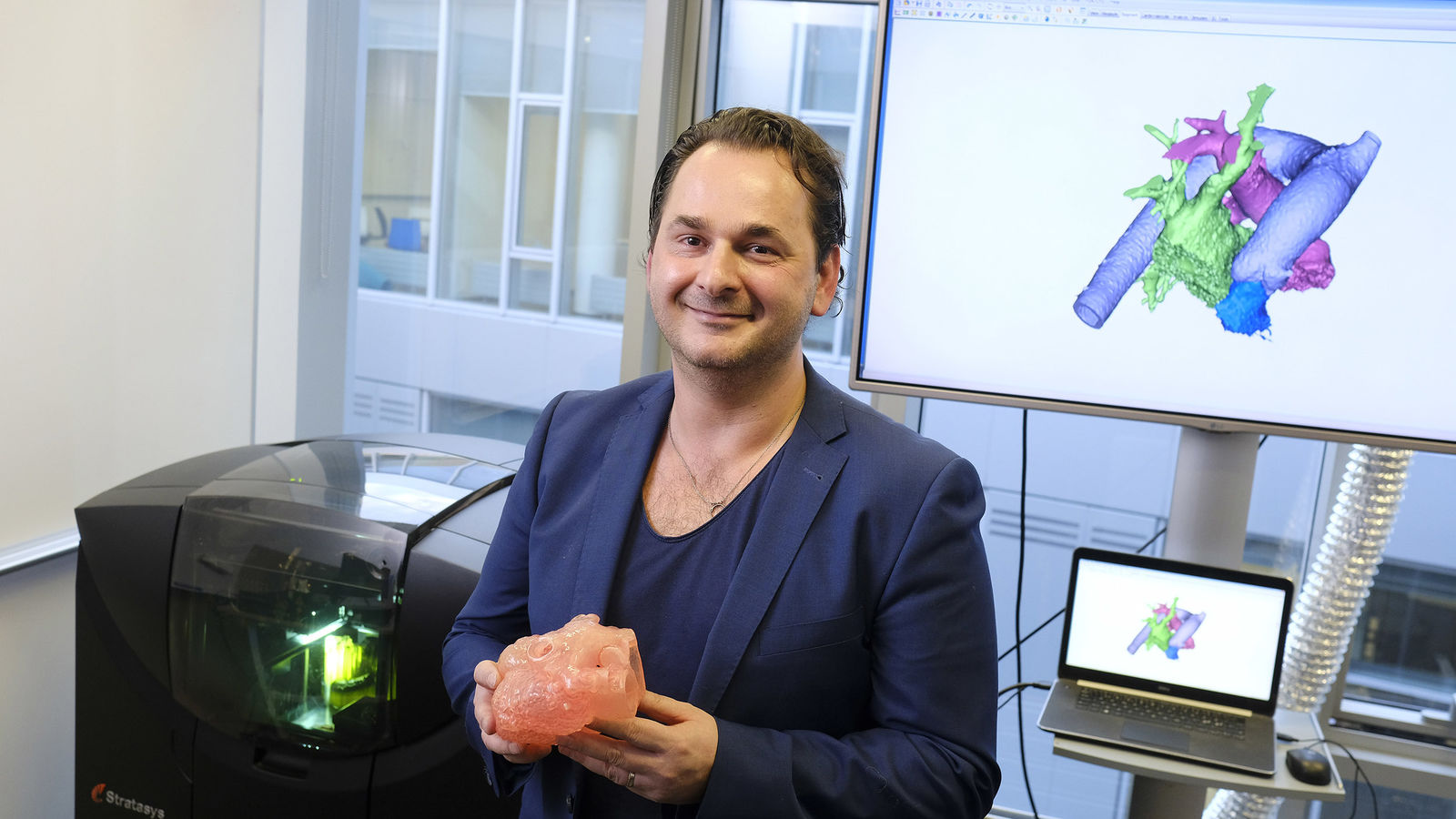User-centered treatment is the future
Dr. Paolo Gargiulo, Associate Professor at Reykjavik University´s School of Science and Engineering and the director of the Institute of Biomedical and Neural Engineering, Taugalífeðlisfræðistofnun, manages the Icelandic part of the RESTORE project, which recently received a 5,5 million Euro grant from the EU´s ambitious Horizon project.
RESTORE aims to create 3D matrices incorporating smart nanomaterials to repair knee cartilage lesions, thereby reducing or delaying the onset of osteoarthritis which currently affects 242 million people worldwide. In addition to the Icelandic research group, scientists from Portugal, Germany, Finland, Norway, Sweden and Italy are a part of RESTORE consortium.
The RU team will create a database of 3D models based on MRI and CT scans which will be utilized to develop guidelines for patient specific tissue engineered cartilages. The other researchers from Iceland are Dr. Olafur E. Sigurjonsson, Professor in Tissue Engineering at RU School of Science and Engineering, Magnus Kjartan Gislason, Associate Professor in Biomedical Engineering at RU, and Halldor Jonsson, MD, Head of Orthopedics Surgery at Iceland University Hospital and Professor at University of Iceland.
 Dr. Paolo Gargiulo with one of the 3D printed models that have been developed within the Institute of Biomedical and Neural Engineering.
Dr. Paolo Gargiulo with one of the 3D printed models that have been developed within the Institute of Biomedical and Neural Engineering.
Paolo has gained international attention in recent years for his research on rehabilitation engineering and on the uses of 3D models and 3D printing technologies for clinical assessment and surgical planning.
“The 3D matrices that will be developed in RESTORE,” explains Paolo, “are tailored so that they can be implanted and fill the injury site as well as respond to the knee joint mechanical forces. Moreover, they contain smart nanoparticles with regenerative, anti-inflammatory and anti-microbial properties. The nanoparticles with regenerative properties can, whenever necessary, be remotely activated with non-invasive methods”. For that, the project's team will develop a knee brace equipped with sensors capable of activating the nanoparticles present in the implanted matrix”.
“The cartilage has limited ability for repair, unlike other tissue in the body like bone tissue and muscles. Hospital treatment today involves moving cartilage from another location in the body into the damaged area or to drill into the bone in order to get cells in the bone marrow to move in to the damaged area and start repairs. Neither of these methods yield good enough results for the patient and so, new methods need to be researched, and user-centered treatment is the future,” says Paolo.

